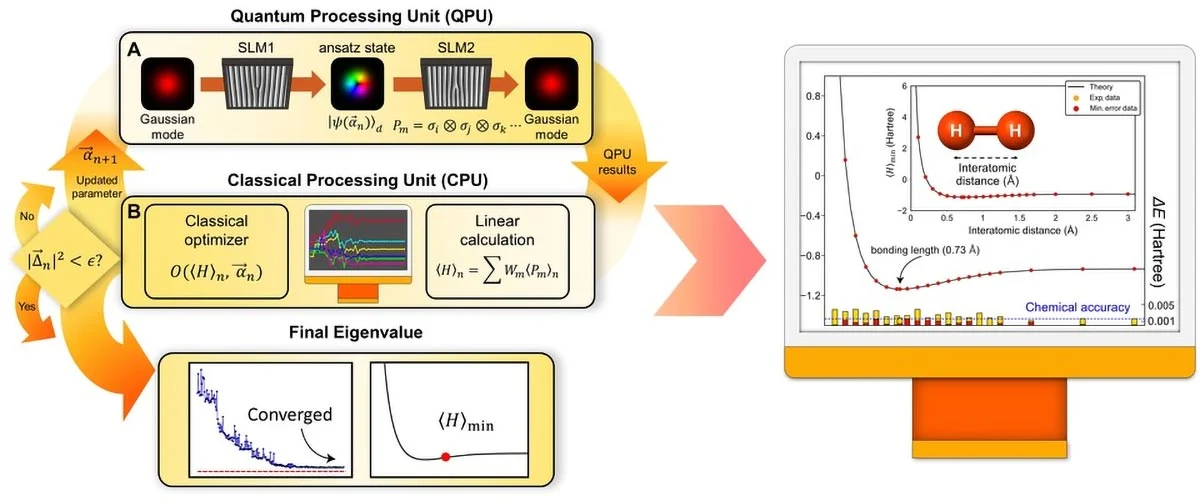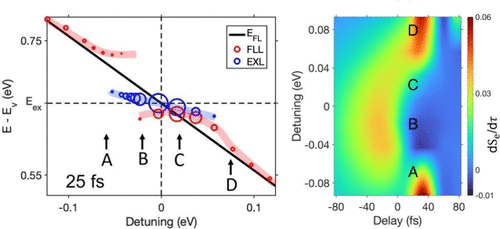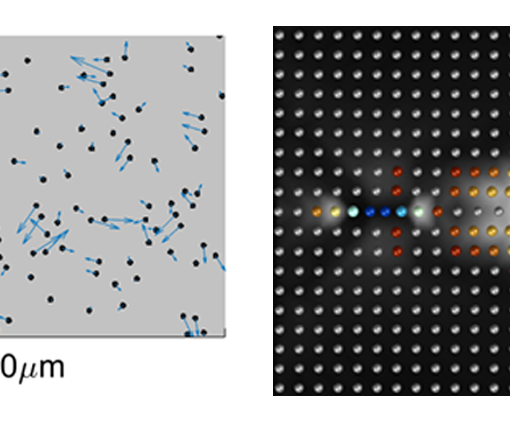
AI and Quantum Computing Revolutionize Molecular Science
The landscape of scientific research is rapidly transforming through groundbreaking advancements in artificial intelligence and quantum computing, with recent developments promising revolutionary impacts across multiple disciplines. The Nobel Prize in Chemistry has recognized the pivotal […]


